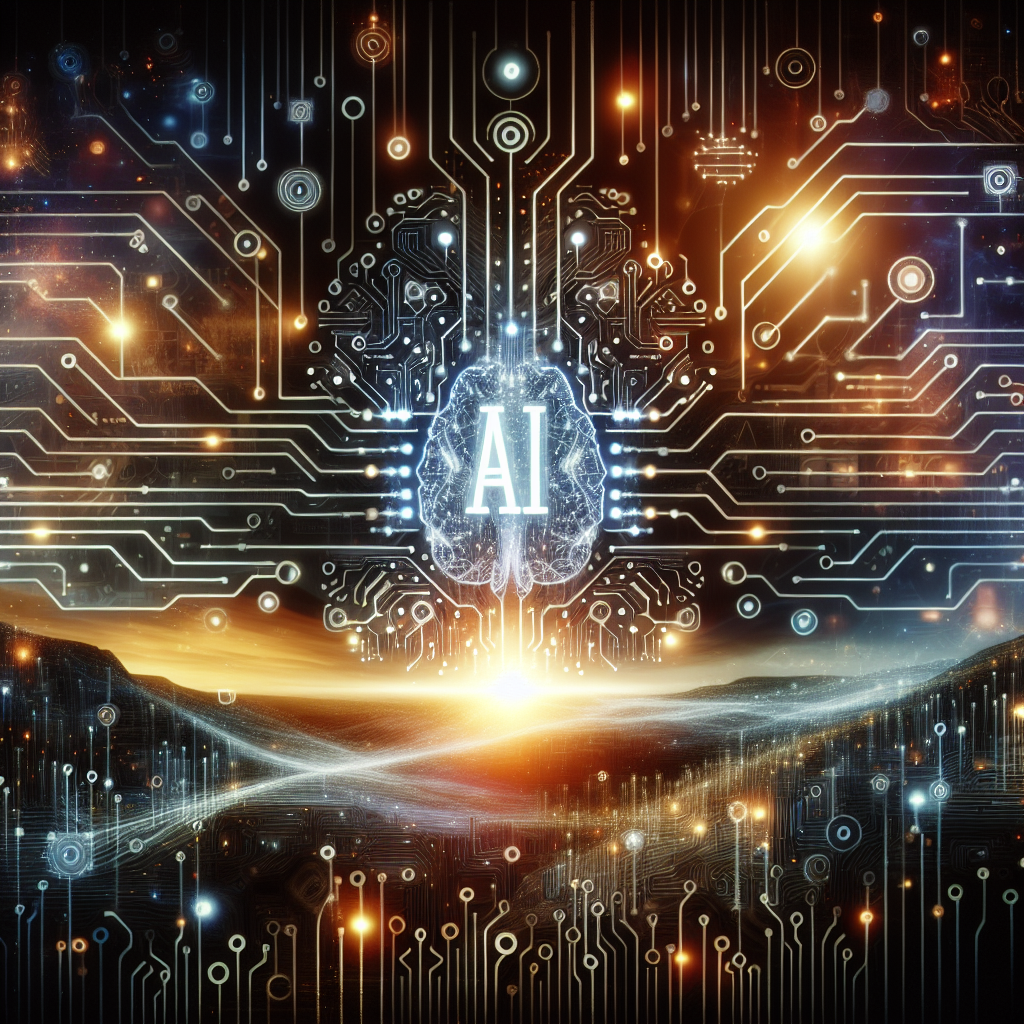In recent years, the integration of artificial intelligence (AI) in predictive analytics has transformed the way businesses make decisions and plan for the future. By leveraging AI technologies such as machine learning and natural language processing, organizations can now analyze vast amounts of data to make more accurate predictions and improve their overall performance. In this article, we will explore the role of AI integration in predictive analytics and how it is revolutionizing the way companies operate.
Predictive analytics is the practice of using data, statistical algorithms, and machine learning techniques to identify the likelihood of future outcomes based on historical data. By analyzing patterns and trends in data, organizations can make informed decisions and anticipate potential risks or opportunities. However, traditional predictive analytics methods are often limited by the complexity and volume of data that needs to be analyzed.
This is where AI integration comes into play. AI technologies have the ability to process and analyze large amounts of data at a speed and scale that is impossible for humans to achieve. By incorporating AI into predictive analytics, organizations can enhance the accuracy and efficiency of their predictions, leading to better decision-making and improved outcomes.
One of the key benefits of AI integration in predictive analytics is the ability to automate and streamline the data analysis process. AI algorithms can quickly sift through massive datasets to identify patterns, trends, and anomalies that may not be apparent to human analysts. This allows organizations to make faster and more accurate predictions, enabling them to respond to changing market conditions and customer preferences in real-time.
Another advantage of AI integration in predictive analytics is the ability to generate more personalized and targeted insights. By analyzing individual customer behaviors and preferences, organizations can tailor their products and services to meet the specific needs of their target audience. This level of personalization can lead to higher customer satisfaction and loyalty, as well as increased revenue and profitability.
AI integration also allows organizations to uncover hidden insights and correlations within their data that may have been previously overlooked. By using advanced machine learning algorithms, organizations can identify new patterns and trends that can help them make better decisions and drive innovation. This can give organizations a competitive edge in their industry and help them stay ahead of the curve.
Additionally, AI integration in predictive analytics can help organizations mitigate risks and prevent potential issues before they arise. By analyzing historical data and identifying potential patterns of risk, organizations can take proactive measures to address potential threats and minimize their impact on their business. This can help organizations avoid costly mistakes and protect their brand reputation.
Overall, the role of AI integration in predictive analytics is to enhance the accuracy, efficiency, and effectiveness of data analysis and decision-making. By leveraging AI technologies, organizations can gain valuable insights from their data, improve their predictive capabilities, and drive better business outcomes.
FAQs:
Q: What are some common AI technologies used in predictive analytics?
A: Some common AI technologies used in predictive analytics include machine learning, natural language processing, deep learning, and neural networks.
Q: How can AI integration improve the accuracy of predictive analytics?
A: AI integration can improve the accuracy of predictive analytics by automating data analysis, uncovering hidden insights, and identifying patterns and trends that may not be apparent to human analysts.
Q: What are some potential challenges of integrating AI into predictive analytics?
A: Some potential challenges of integrating AI into predictive analytics include data privacy concerns, data bias, and the need for specialized skills and expertise to implement AI technologies effectively.
Q: How can organizations ensure the ethical use of AI in predictive analytics?
A: Organizations can ensure the ethical use of AI in predictive analytics by implementing transparent and accountable AI algorithms, obtaining consent from users for data collection and analysis, and regularly auditing and monitoring AI systems for biases and inaccuracies.

